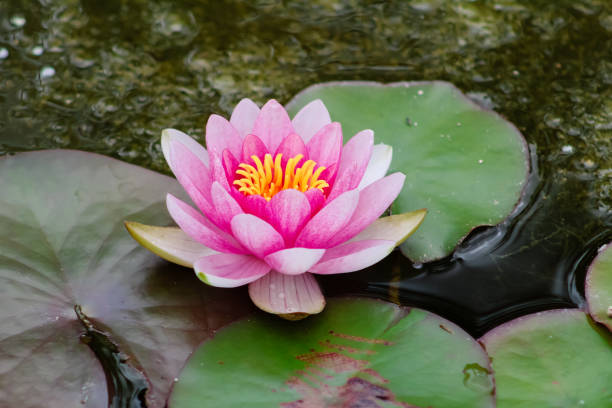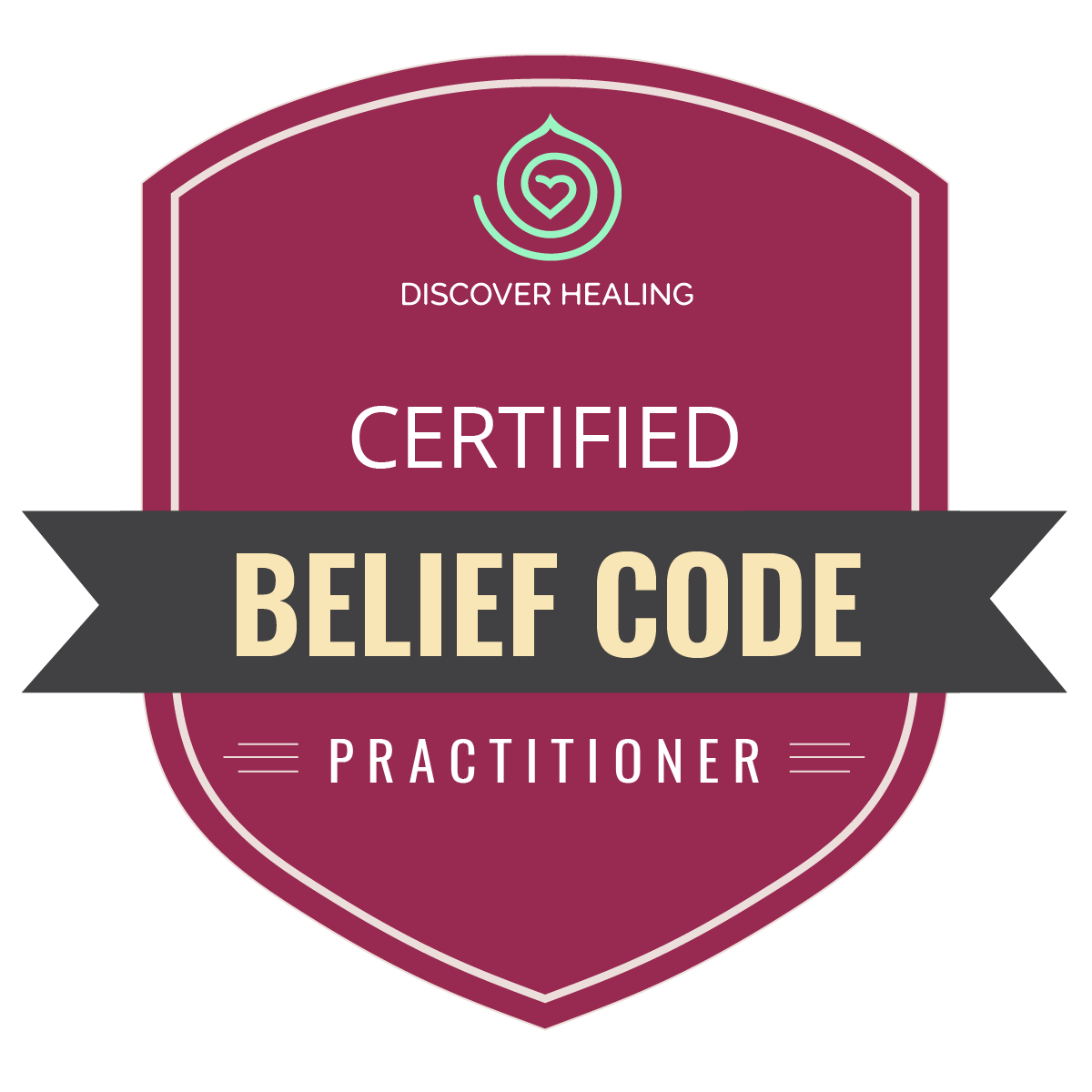Exploring Different Ways to Meditate: Find Your Inner Peace

Meditation is a timeless practice that offers a path to inner tranquility, clarity, and well-being. Whether you’re a seasoned practitioner or a beginner just starting your journey, there’s a meditation style that can suit your needs and lifestyle. In this blog post, we’ll explore various ways to meditate, helping you discover the method that resonates with you. Explore different ways to meditate and find your inner peace.
The Basics of Meditation
Meditation involves focusing the mind and eliminating distractions to achieve a state of calm and clarity. While the goal is often relaxation and stress reduction, meditation can also deepen self-awareness and enhance personal growth. Now, let’s dive into the different methods of meditation.
Mindfulness Meditation
One of the most popular forms of meditation, mindfulness involves paying attention to your thoughts, feelings, and sensations without judgment. Here’s how to practice it:
- Find a Quiet Space: Sit comfortably and close your eyes.
- Focus on Your Breath: Pay attention to the sensation of your breath entering and leaving your body.
- Observe Your Thoughts: Notice your thoughts as they arise and gently bring your focus back to your breath.
Mindfulness meditation can be practiced anywhere, making it a versatile option for integrating into daily life.
Guided Meditation
Perfect for beginners, guided meditation involves following a guide or instructor, either in person or via an app or recording. Here’s what to expect:
- Audio Guidance: Listen to a calming voice that leads you through relaxation and visualization exercises.
- Focus on Visualization: Imagine peaceful scenes or positive images as directed.
Guided meditations are available on platforms like YouTube, Headspace, and Calm, offering diverse themes and lengths.
Transcendental Meditation
This involves silently repeating a mantra—a specific word or phrase—to settle the mind into a state of deep relaxation and awareness:
- Choose a Mantra: This can be a specific word chosen for you or a sound you find calming.
- Consistent Practice: Typically practiced for 20 minutes twice a day.
Transcendental Meditation is often learned through a certified instructor who can provide a tailored mantra.
Loving-Kindness Meditation (Metta)
Focusing on cultivating an attitude of love and compassion towards oneself and others, this meditation can boost empathy and reduce negative emotions:
- Recite Phrases: Silently repeat phrases like “May I be happy, may I be healthy,” directing them to yourself and gradually towards others.
- Extend the Love: Visualize extending these feelings of kindness to friends, family, and even strangers.
Body Scan Meditation
A practice focused on mindful attention to different parts of the body, aiming to promote relaxation and body awareness:
- Lie Down Comfortably: Close your eyes, and gradually shift your attention through the entire body.
- Notice Sensations: Acknowledge any tension or sensation, allowing for relaxation with each breath.
Walking Meditation
Ideal for those who find stillness challenging, this involves meditating while in motion:
- Focus on Movement: Walk slowly and pay attention to the sensation of each step, your breath, and the environment.
- Mindful Environment: This can be done in any peaceful setting, like a forest or garden.
The Essence of Creativity Meditation
Creativity meditation is a powerful practice designed to unlock and enhance your creative potential. By blending relaxation techniques with focused intention, creativity meditation helps you access your inner creativity, reduce mental blocks, and stimulate innovative thinking. Here’s how you can incorporate creativity meditation into your routine:
Creativity meditation involves calming the mind, opening yourself to new ideas, and allowing creative thoughts to flow freely. The practice emphasizes a non-judgmental awareness of thoughts and emotions, encouraging a playful exploration of ideas without self-criticism.
Techniques for Creativity Meditation
Guided Visualization
- Imagine a Creative Space: Begin by envisioning a space where you feel inspired, like a sunlit studio or a cozy library.
- Explore Freely: Allow yourself to wander in this space, taking note of new ideas or imagery that come to mind.
- Capture Inspirations: After the meditation, jot down any thoughts or images that stood out, as they may serve as seeds for creative projects.
Mindful Observation
- Focus on a Creative Object: Select an object related to your creative field (like a paintbrush, musical instrument, or notebook).
- Observe Deeply: Spend a few minutes observing the object’s details, its textures, shapes, and colors.
- Open to Insights: Allow any ideas associated with the object to surface naturally, using them as inspiration for your creative work.
Breath-Focused Meditation
- Connect with Your Breath: Begin by centering yourself with deep, rhythmic breathing.
- Inhale Inspiration, Exhale Doubt: With each inhale, imagine drawing in inspiration and creative energy. With each exhale, release any tension or doubt.
- Embrace Thoughts: Allow thoughts to flow freely without judgment, cultivating an open and receptive state.
Benefits of Creativity Meditation
- Enhanced Problem-Solving: By quieting the analytical mind, creativity meditation allows intuitive insights to emerge, helping solve creative blocks.
- Increased Focus: Regular practice improves concentration and focus, key components in engaging deeply with creative tasks.
- Emotional Release: The meditative process encourages emotional expression and can harness emotions for creative outputs.
- Stress Reduction: A calm mind is more conducive to creativity, and meditation naturally reduces stress, allowing room for ideas to flourish.
Incorporating Creativity Meditation into Your Routine
- Set Regular Times: Dedicate specific times each week for your creativity meditation practice, treating it as an important part of your creative process.
- Stay Open-Minded: Embrace meditation without expectations, welcoming whatever thoughts or emotions arise.
- Reflect on Your Practice: Keep a journal to record insights, ideas, or reflections that come to you during meditation sessions.
Creativity meditation is a valuable tool for anyone looking to deepen their creative practice, whether you’re an artist, writer, entrepreneur, or someone simply seeking more creativity in everyday life. By practicing regularly, you’ll likely find that new ideas flow more freely and your creative endeavors reach new heights. Enjoy the process of discovery and let creativity meditation guide you toward your most inspired self!
your personal practice
Meditation is a deeply personal practice and exploring different styles can help you find what best suits your lifestyle and preferences. By incorporating meditation into your routine, you can cultivate a sense of calm, mindfulness, and resilience in everyday life.
Remember, there’s no “right” way to meditate. The best method is one that feels natural and beneficial to you. Begin with small steps, experiment with different techniques, and enjoy the journey to inner peace and well-being.






Share Your Thoughts